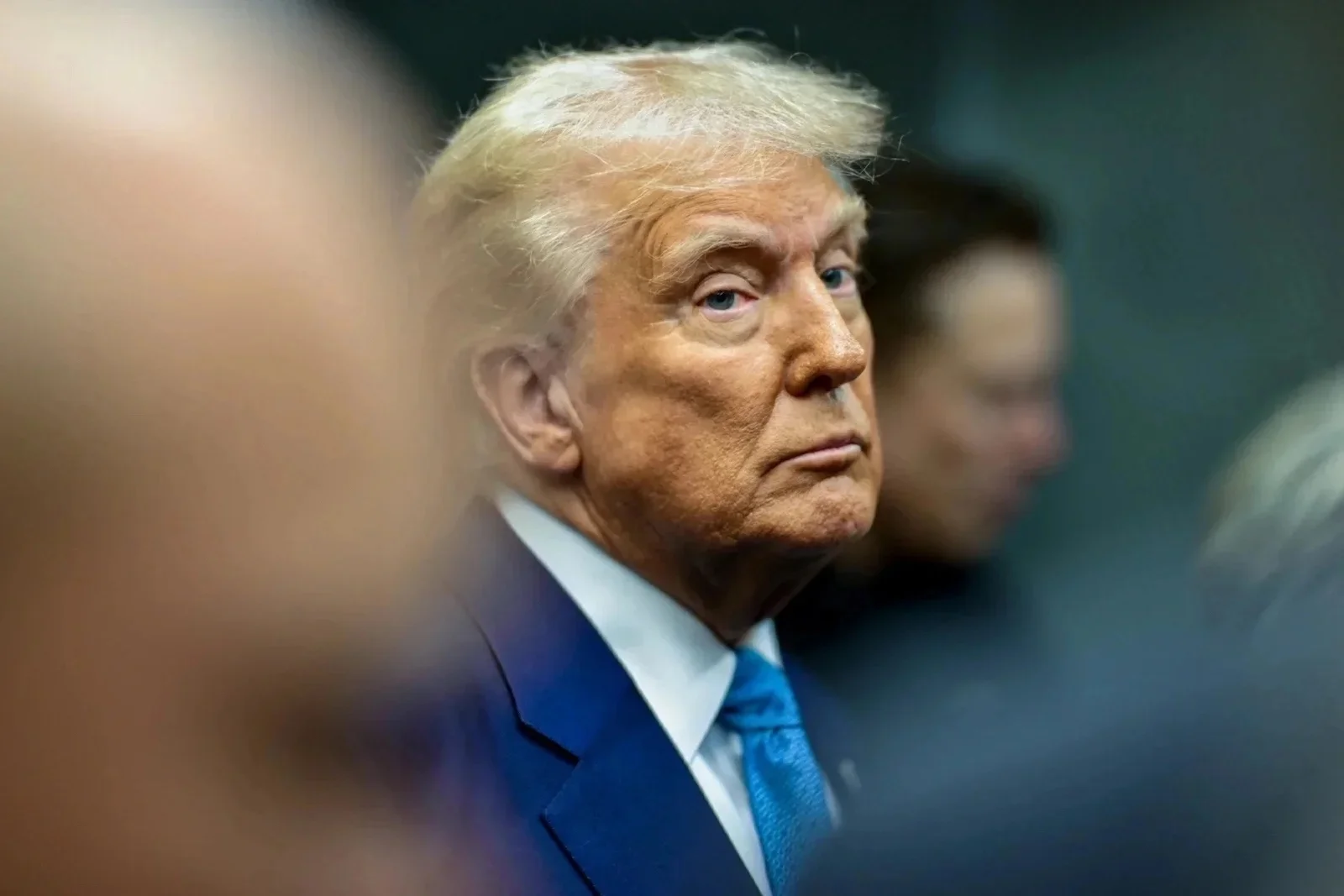
The Illusion of Fortress America
The recent rise of Chinese e-commerce platform DHgate to the top of the U.S. App Store, fueled by viral TikTok trends exposing the origin of luxury goods, reveals how American consumers are increasingly bypassing traditional retail channels to avoid prices inflated by tariffs. This unexpected shift in consumer behavior illustrates a fundamental flaw in the U.S. tariff strategy—one that seeks to restore domestic industry yet instead underscores key vulnerabilities in the American economy and the difficulty of managing consumer choices in an interconnected global marketplace.
Under the rhetoric of “America First,” the United States has turned to unilateral tariff impositions with growing frequency, catalyzing what has become a full-fledged global trade war. The administration appears intent on reshaping the international trade order, demanding that nations either sever ties to economic integration or accept a revised system shaped by Washington’s will.
Supporters argue that this strategy is a pathway to revitalize domestic industries, reduce trade imbalances, and bring manufacturing jobs back to U.S. soil. However, closer scrutiny suggests that tariffs expose rather than fix the structural weaknesses that plague the U.S. economy—and, in many cases, exacerbate them. The promise of a manufacturing revival through protectionism appears more like a mirage than a realistic outcome.
One of the most revealing vulnerabilities brought to light by these tariffs is the American economy’s deep reliance on global supply chains. Years of prioritizing efficiency and cost-effectiveness have entrenched U.S. businesses in complex international systems that source components and assemble products across borders. Imposing tariffs disrupts these networks, increasing costs for American firms that depend on them, which in turn undermines their competitiveness both at home and abroad. The assumption that U.S. manufacturing can disentangle itself from these global networks without enduring serious economic fallout is profoundly misguided.
The burden of these policies falls not only on businesses but also on consumers. Tariffs are, in essence, taxes levied on imported goods. Although foreign suppliers may absorb some of these costs, much of the burden is ultimately passed on to American businesses and, eventually, to consumers in the form of higher prices. This erosion of purchasing power can reduce demand and slow broader economic growth. Believing that tariffs will trigger a domestic production boom capable of fully replacing imports—at equivalent price and scale—defies the core principles of supply and demand and overlooks global pricing dynamics.
Equally concerning is the risk of retaliation by other nations. History makes clear that trade wars are seldom one-sided. When the U.S. imposes tariffs, it invites countermeasures targeting American exports. These reciprocal actions jeopardize industries that depend on overseas markets and often lead to escalating cycles of tit-for-tat tariffs that depress global trade and inflict harm on all sides. The presumption that the United States can unilaterally reshape global trade rules without facing backlash is a perilous delusion.
Of all the goals projected onto tariff policy, the notion of a large-scale return of manufacturing jobs is perhaps the most alluring—and the least credible. While some production may return to U.S. soil, several factors significantly constrain its potential. Labor costs in the United States are markedly higher than in many competing nations, and these discrepancies cannot be fully mitigated by tariffs. Compounding this, modern manufacturing increasingly depends on automation and capital-intensive methods, fundamentally transforming the nature of industrial labor. The U.S. Treasury Secretary’s own remarks regarding the tight labor market and the essential role of automation and robotics in boosting productivity directly contradict the vision of mass job restoration.
In fact, the Secretary’s admission that a lack of skilled labor necessitates automation highlights a deep contradiction. If job creation is central to the rationale for tariffs, then advancing automation—which by design reduces the need for human labor—undermines that very premise. Workforce training is vital, but the scale and speed required to prepare workers for an automated manufacturing future are unlikely to match the lofty expectations surrounding job recovery. The timeline and investment needed to produce a skilled labor force capable of thriving in this new environment are substantial—and frequently underestimated.
Ultimately, tariffs fail to resolve the structural barriers impeding a true U.S. manufacturing renaissance. Challenges such as a shortage of skilled workers, deteriorating infrastructure, and a burdensome regulatory landscape are domestic issues that trade barriers alone cannot fix. These impediments require deliberate investment and comprehensive policy reform—not the imposition of punitive levies on foreign goods.
Though political rhetoric surrounding tariffs paints a compelling image of industrial resurgence and self-reliance, the actual landscape is far more complex. The tariff strategy exposes critical American economic weaknesses, including dependence on global supply chains, the financial burden placed on consumers, and the inevitability of retaliatory trade measures. The vision of millions of new manufacturing jobs returning to U.S. communities remains largely a political talking point, particularly in an age where automation is rapidly redefining the labor market.
Rather than attempting to insulate the nation behind a wall of protectionism, the U.S. would be better served by confronting its economic fragilities through forward-looking investments in education, infrastructure, and technological innovation. Genuine competitiveness in the global economy cannot be built on a foundation of tariffs and isolation. It must be constructed on adaptability, capability, and strategic reform. The grand promise of tariff-driven renewal is not just overly ambitious—it’s a seductive illusion.
